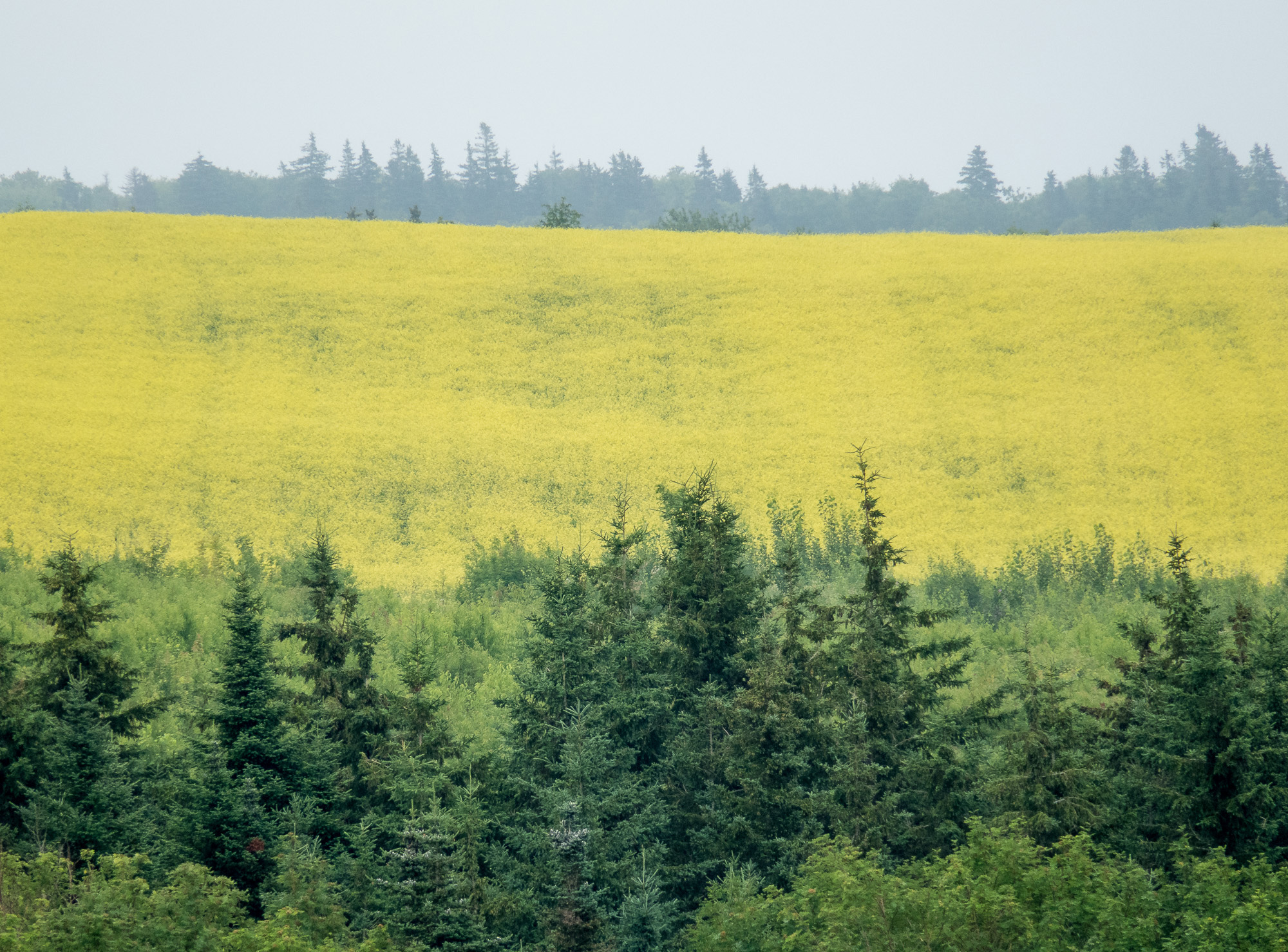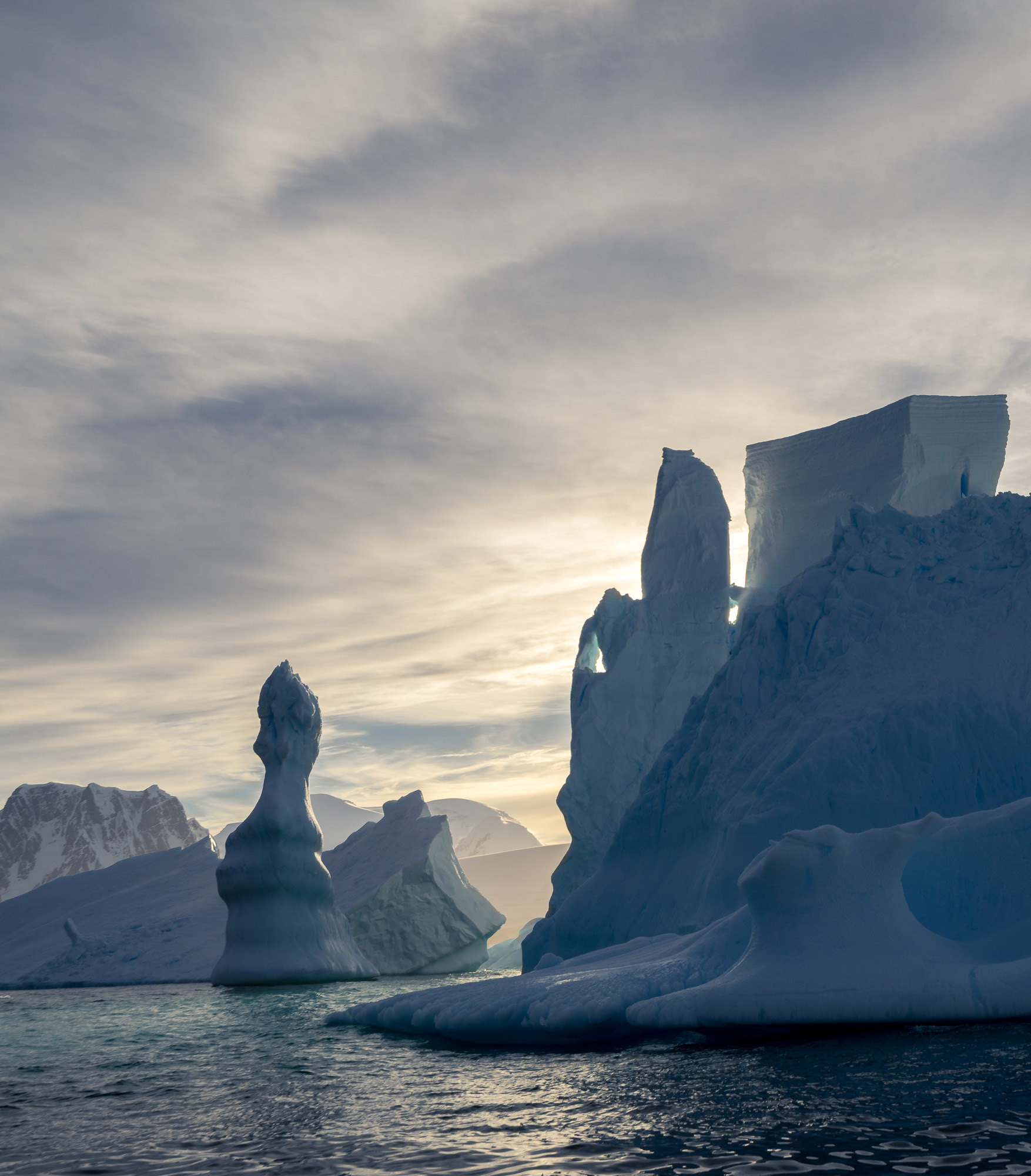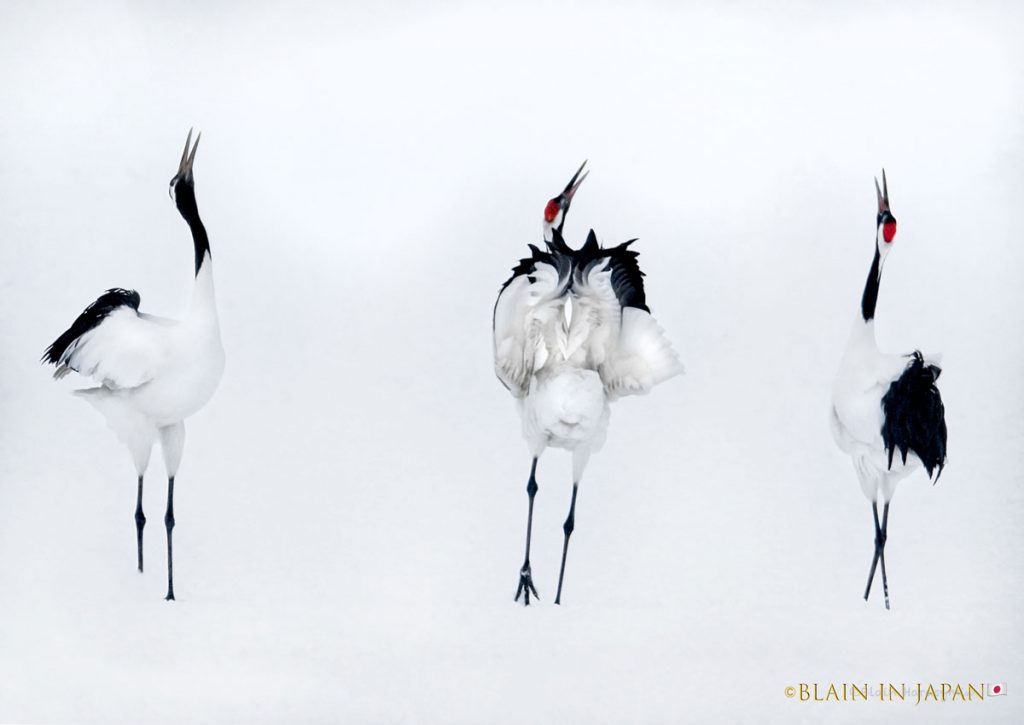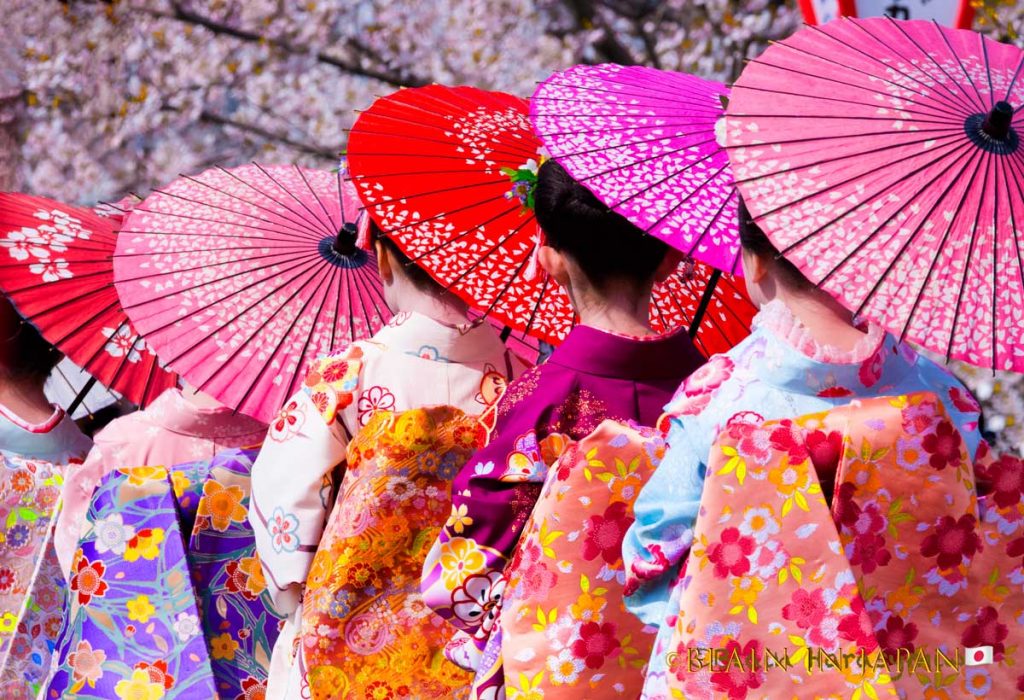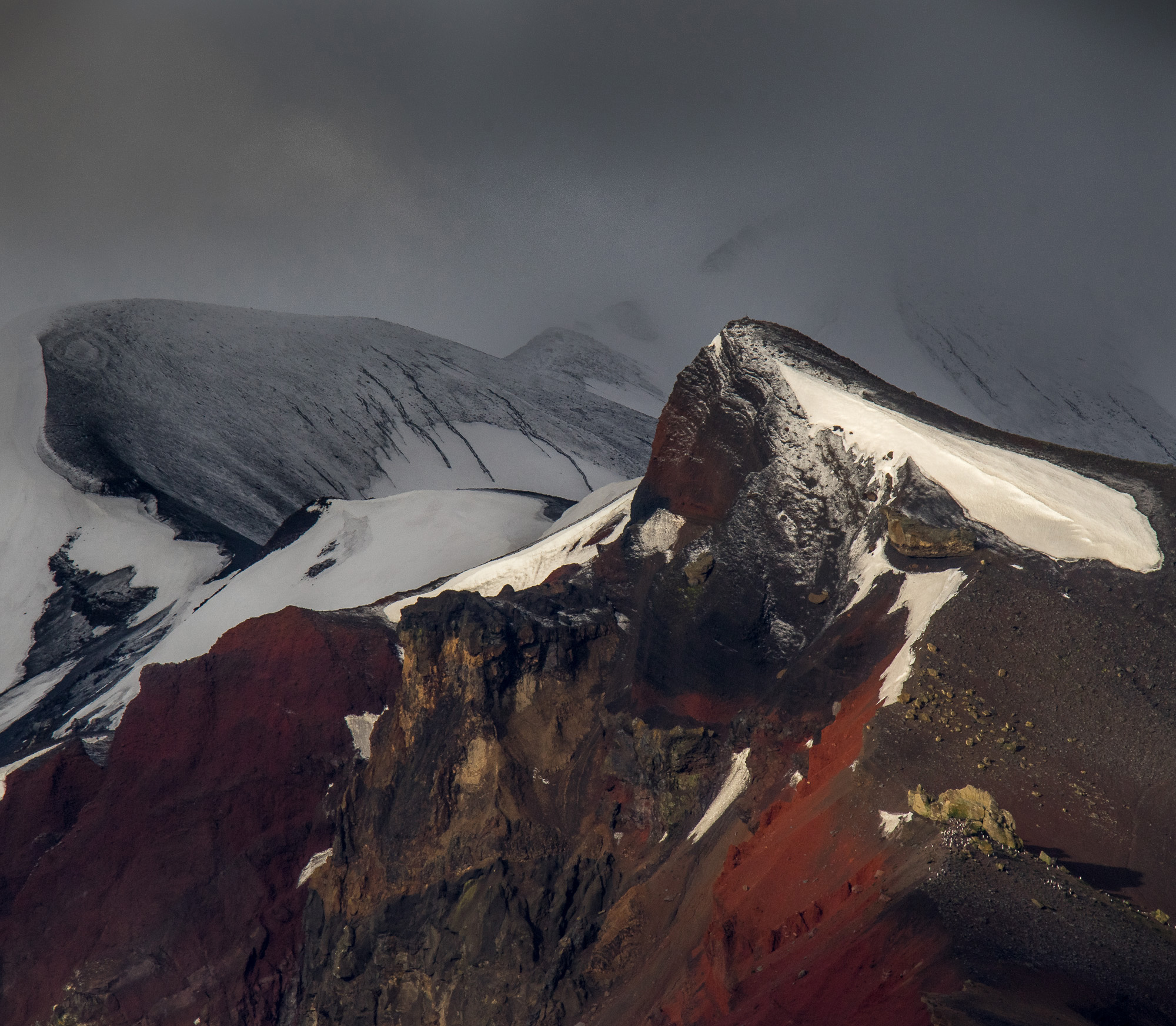
The Luminous-Landscape Grant – Drew Harty
New York, USA
Grant amount 5,000
Why Photograph a Parking Lot?
All my photography begins with curiosity and observation. I want to explore and understand what I am seeing, whether trying to resolve light patterns on water or make sense of unsightly retail development. For years, I shopped at local malls without a thought, but the more I looked, the more they compelled my attention. Along the I-81 corridor from New York to North Carolina, which I drove twice yearly for fourteen years, I saw a diverse range of local businesses disappear as new franchises crowded around every highway exit. In the upstate New York town near my home, I saw main street businesses fail as the amount of franchise retail space on the outskirts of town tripled with no corresponding increase in population. I sensed these new retail landscapes reflected changing American values, and I wanted to witness first-hand their impact on towns across the country.


In 2013, after photographing retail landscapes periodically in the Northeast for six years, I traveled 13,000 miles to photograph retail landscapes full-time in locations from the Mississippi River to the west coast and back. In 2016, I applied for the Luminous Grant to photograph retail development in southeastern states and along the I-81 corridor north to Pennsylvania. My goal was to complete a nationwide survey of retail landscapes that contributes, through a book and exhibits, to public debate about responsible development.


Retail Landscapes as a Travel Destination
Retail landscapes are an overwhelming subject. Their sheer number and similarity defied my attempts to select ideal shooting locations. I knew in every town there would be opportunities to photograph. Consequently, I made the strategic choice to avoid large cities, to try and photograph near distinct natural landscapes where possible, and otherwise to let the weather and subject matter guide the pace and direction of my photography. I mapped out a rough route, determined the limits of my travel budget, and, in early May of 2017, drove off down the road for six weeks of photography in twelve states. Strip malls and parking lots became my daily travel destinations.
Most days, I photographed four to five hours, drove a couple hours (if I headed to a new town), edited photographs for two to three hours, and spent breakfast or lunch researching the next town. Much of my day was spent looking—both at the landscape and at my growing number of edited images. I typically surveyed a downtown, if one existed, then drove out toward areas of retail development I had identified on Google street views. Getting out of the car and encountering the retail landscape on foot was critical to gaining a measure of the scale and layout of buildings, parking lots, and signage from a human perspective. Twilight was a prime time to shoot, but at any time of day a combination of lighting, atmospheric conditions, and buildings and graphics in the landscape could result in extended shooting sessions. The difficulty often was not deciding what and where to photograph but deciding not to photograph as I drove through congested areas of retail development.






Challenges and Surprises
Photographing retail landscapes presented an unusual challenge. I was constantly reminded that the images I took would not match the emotional impact I felt seeing vast parking lots, mundane sprawling buildings, and corporate logos overrunning the places we live. Witnessing the accumulated impact of retail development in town after town felt like devastation on a grand scale, yet, I realized that the overtly critical images I made did not sustain my interest. My aesthetic approach needed to be more nuanced than my base emotional response. I wanted to make photographs that challenge our expectations of these very familiar places and engage our imaginations in a way the physical retail landscapes simply do not. To do that, I found the photographs needed to celebrate the beauty I could find in the landscape and interpret into black and white values.






While photographing in the Southeast, I also wanted to create more varied images. Photographs from my western trip typically pictured buildings and signage in a broad scene resulting in photographs of similar composition and scale. On this trip, in addition to an Arca Swiss 6×9 and Credo 50 package, I carried a Sony A7RII. It allowed me to move closer than my perceived mental safe distance from buildings where I thought a camera on a tripod would be too conspicuous. The change in approach has resulted in new subject matter and images that have expanded how I think about the retail landscape.




One of the pleasures and surprises of photographing retail landscapes is the people who approach me. I am always on public display while photographing, with my tripod and camera set up in parking lots or along roadways. I’ve had people throw garbage at me, rev engines, yell support as if I were slaying a corporate dragon, ask thoughtful questions about why I am photographing, demand to know what I am photographing, stand and watch me, or just giggle. In the Southeast, I encountered a new and unexpected response. Occasionally employees would come out of their Arby’s, Domino’s, or Pal’s quick food restaurants and ask if I needed any help or wanted something cold to drink. One manager offered to jump in front of the camera. These welcoming gestures reminded me that real people who care about their jobs depend on the success of corporate franchises, even though many chain stores have driven down the wages of their employees.
What I learned
Ten years of photographing retail landscapes have taught me to trust the photographic process. If I simply get to a location and start looking, taking the first photograph can motivate the next. Then, after weeks, or months, or years of taking hundreds of photographs–when I am exhausted, or no one seems to care, or I feel like a failure–I need to take the next photograph. Even if my effort feels uninspired and mechanical, I take the next image because I know the process will help me find my way. I read. I look at other photographers’ work. I show work in progress to other people. I do whatever is required to challenge my assumptions and move forward. When I am photographing, I try not to be critical of my choices, trusting that mistakes can lead in new directions. And above all, I have learned to believe in myself. When someone looks at my photographs and says, “I see nothing interesting here,” I listen but take the time to rediscover what in my images motivates me and sustains my interest. This up and down, sometimes jarring, always challenging process is what I love about photography. It is what I discovered when I first began using a camera and why bland subjects like parking lots, signs, and boring buildings can inspire me to photograph.




I am very grateful to Michael Reichman’s and the Luminous Landscape staff’s desire to “give back” through the Luminous Landscape grants. Their support has allowed me to refine my aesthetic approach and continue to gain a new perspective on my subject. For me, an afternoon’s shopping will never be the same. When the grocery store clerk asks if I want another plastic bag, I can now visualize that choice being made by millions of people daily. I have come to understand that my consumer choices don’t just effect my pocket book or define who I am: they underwrite the hundreds of thousands of franchises, access roads, signs, and parking lots that fill retail landscapes across the nation, and in as much have repercussions around the globe. I have learned the sum of our consumer choices express how we value natural resources, human resources, and the landscapes we call home.






Camera Package
What I value most in my camera package is versatility, ease of use, and portability.
Arca Swiss 6×9 view camera with Orbix tilt.
Credo 50 digital back.
Rodenstock 40mm HR lens
Rodenstock 55mm Sironar lens
Rodenstock 70mm HR lens
Rodenstock Sironar 105mm lens
Rodenstock Sironar 135mm lens
Fuji 180mm CM lens
Nikkor 270mm T ED telephoto lens
Hoodman focusing loupe
Homemade lens shade system
Gitzo tripod
Arca Swiss D4 Geared Tripod Head
Sony A7RII
Batis 25mm
Sony 35mm F/1.4
Sony 55 F1.8
Sony 90mm Macro
Capture One and Adobe Photoshop Software






